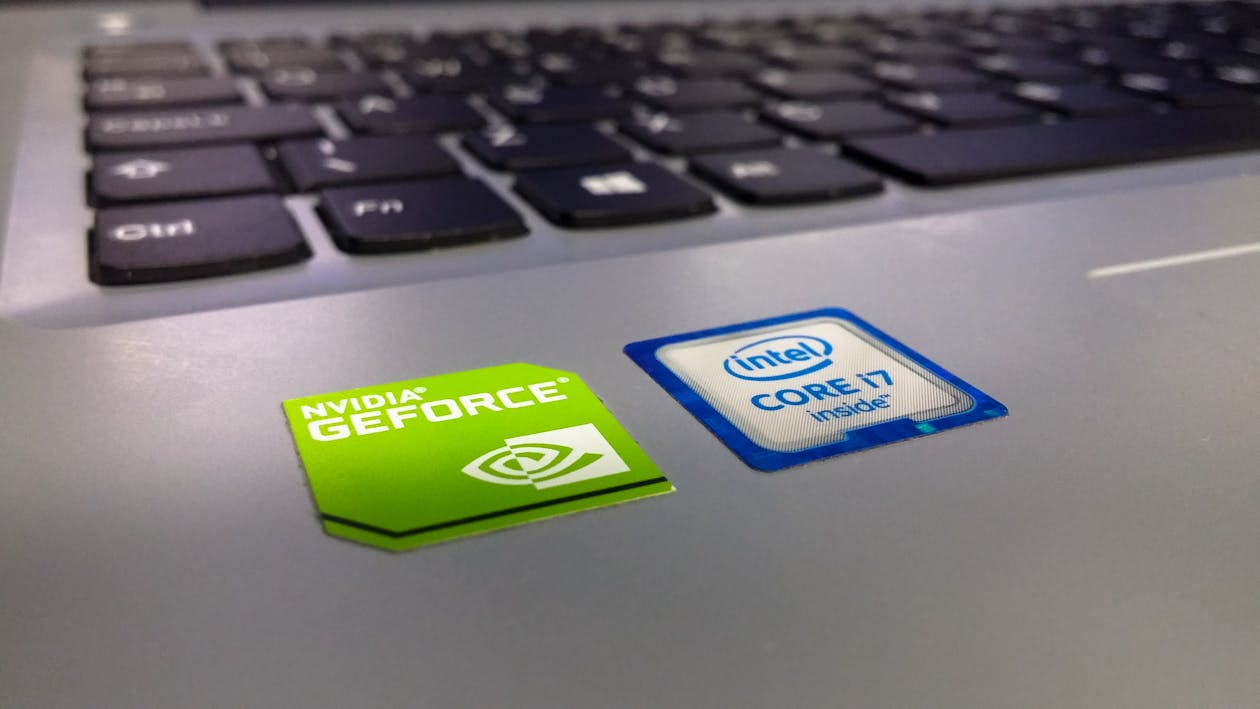
 Image Source: Pexels
Image Source: Pexels
Qualcomm is humming. The semiconductor company’s market value has risen 50% this year to around $190 billion, and the wireless company’s businesses should generate $11 billion of excess cash for its fiscal year, which ends in September. Now it’s mulling buying part, or even the whole, of Intel. Intel’s size and the scope of its problems make it a tempting target for an ambitious buyer, and a deal may offer some protection from big challenges, such as a showdown with Apple. But even mulling such a risky deal shows Qualcomm’s weaknesses.Qualcomm’s main division designs chips for handsets, cars, and other devices, which racks up nearly all of the company’s revenue with almost three-quarters of its top line coming from phones. The other division – which sells licenses to companies to use Qualcomm’s intellectual property in wireless devices – is smaller, but incredibly lucrative. Companies like Apple have to pay hefty royalties to avoid Qualcomm lawsuits, which helps the company ink 70% margins.Naturally tech firms like Apple loathe being beholden to these fees. Tim Cook’s $3.5 trillion company went so far as suing Qualcomm in 2017 and indirectly withheld payments. The problem for Qualcomm is there’s a cyclicality to chipmaking. While its technological edge means customers have a hard time sourcing modems when a new standard is rolling out, by the end of the cycle, it’s easier to find them elsewhere.That dynamic will put Qualcomm in a pickle in a few years. More capable 6G phones won’t roll out until 2030, but Apple’s agreement to buy Qualcomm chips expires in 2027. Apple wants to create its own modems to improve iPhone function and margins but will still send $7.7 billion to Qualcomm this fiscal year, estimates Wolfe Research, or around 20% of Qualcomm’s revenue. The roughly $6 billion of chip sales will therefore probably fade away. The remaining $1.6 billion of license fees won’t stop, according to Qualcomm, but that’s not certain given past tension.Buying Intel’s chip design skills could broaden Qualcomm’s scope. Moreover, nearly two-thirds of Qualcomm’s revenue last year came from China. That might be at risk should the chip trade war grow more serious. A deal with Intel, especially its manufacturing assets which have attracted billions in U.S. subsidies, might counterbalance this risk. And agreeing to make Qualcomm chips in Intel’s underused factories would help that division’s margins.But attempting a transformative deal by buying a deeply troubled Intel would carry huge risks. Intel’s manufacturing operations are a money pit, dominant rival TSMC is a fearsome competitor with huge structural advantages and Qualcomm has no experience in chip manufacturing. If the company is seriously considering such a deal, it says just as much about Qualcomm’s flaws as Intel’s.
Context News
Qualcomm approached Intel about a takeover of the chipmaker and was in early talks, according to a Reuters source on Sept. 20. Earlier in the month, Reuters reported Qualcomm explored acquiring parts of Intel’s chip design business, and its PC design business in particular.More By This Author:The Rationale Behind The Active-To-Passive Rotation
Key ETF News – September Review
OpenAI’s $157 Bln Valuation Requires Hand Waving













